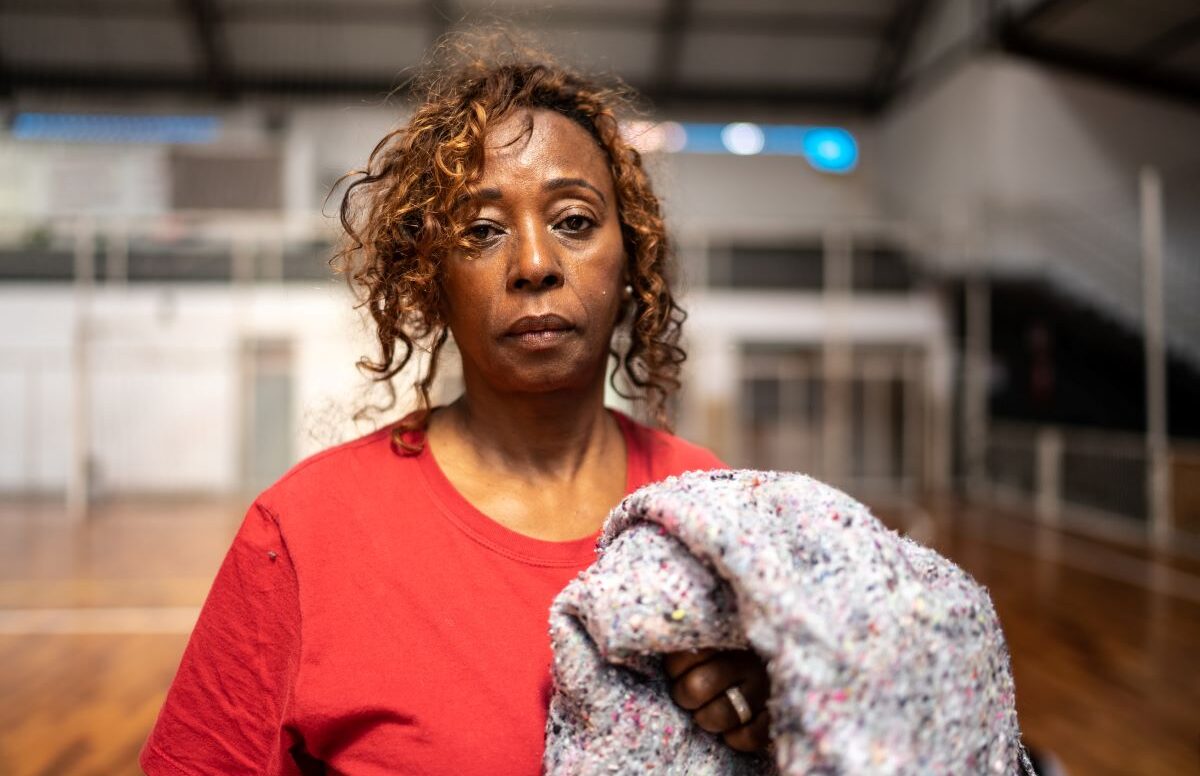Older Adult Homelessness Will Increase Significantly Without Action
On July 19, the Senate Banking Subcommittee on Housing, Transportation, and Community Development held a hearing, “Opportunities and Challenges in Addressing Homelessness.” Almost 600,000 people experience homelessness on any given night in the United States, Subcommittee Chair Tina Smith (D-MN) said in her opening statement. The biggest factor in rise of homelessness is the severe shortage of affordable housing and the lack of housing supply, Chair Smith said. “The answer is to provide shelter, to provide housing first, to help people get stable and healthy.” Chair Smith said homelessness disproportionately impacts Black, Latino, and native communities.
Chair Smith noted several bi-partisan proposals to address homelessness and the lack of affordable housing, including The Eviction Crisis Prevention Act, S. 2182, that would create a national, permanent $3 billion Emergency Assistance Fund to help families stay housed. The legislation is cosponsored by Senators Michael Bennet (D-CO), Rob Portman (R-OH), Todd Young (R-IN) and Sherrod Brown (D-OH).
“The inability of people to afford housing is the major driver of homelessness – a factor outside the control of homelessness assistance systems. A substantial increase in the cost of rent and utilities over the past year15 has the potential to negatively impact both inflow into the homelessness assistance system and the ability of households experiencing homelessness to exit homelessness,” Ann Oliva, the new chief executive office of the National Alliance to End Homelessness, testified at the hearing. Ms. Oliva also said enactment of the Eviction Crisis Prevention Act would “help communities and households avoid the significant financial and psychic costs of homelessness.”
Expanding the supply of affordable senior housing is LeadingAge’s top housing priority.
Ms. Oliva also discussed increasing homelessness among older adults in her testimony, first noting the lack of good data on the scope of the issue, about which LeadingAge has also sounded the alarm.
“Focused data collection and interventions have rarely been pursued for older adults experiencing homelessness; as a result, there is little data on this population, how and why they become homeless, the trajectory of their homelessness, or tailored solutions. This is likely because of the small number of older people who have historically experienced homelessness,” Ms. Oliva said. “However, the situation is changing: as the percentage of the general population that are older adults increases, so does the percentage of older adults experiencing homelessness.”
Discussing the aging of the U.S. population, Ms. Oliva said, “Over the next decade or so, these demographic shifts will result in the older adult homeless population increasing significantly: nearly tripling by 2030. People of color are and will continue to be overrepresented in this population.”
“One implication of the increase in older adults experiencing homelessness is the increase in health care costs associated with this population. [Researchers] estimate that this will be in the range of $5 billion annually within the next decade. But because homelessness, and especially prolonged homelessness, is so detrimental to the health of older adults, this spending is unlikely to achieve positive outcomes. Older people experiencing homelessness have significantly higher medical utilization costs and shortened life expectancies,” Ms. Oliva said in her testimony. “A much better investment would be to use, or to view, these health care costs as an offset to housing subsidies. Funding housing would not only end people’s homelessness; it would improve their health and prolong their lives, and at a comparable cost.”
Workforce concerns for homeless and housing organizations were also raised by Ms. Oliva. “In a May 2021 survey, 72 percent of [Continuums of Care] reported shortages in frontline shelter staff; 69 percent had a shortage of case managers; and 62 percent had shortages in street outreach workers. The organizations reported the cause of the challenges as stress, exhaustion, and low morale; illness; family responsibilities; and fear of COVID. It should also be noted that homeless services staff typically receive relatively low salaries for very difficult and challenging work. A recent study found that the average shelter staff member earned $24,000 per year, and the average permanent supportive housing staff member earned $36,000 per year. Low pay may be another reason that it is difficult to keep staff.”
Ms. Cathy ten Broeke, assistant commissioner and executive director, Minnesota Interagency Council on Homelessness (MICH), said a “stronger alignment of social services, health care, and housing.”
Watch the hearing webcast and read witness testimony here.

Most Recommended
August 27, 2024
Leaders of Color Network Focuses on Mentorship
August 14, 2024
CAST Releases “Large Language Models in Aging Services” Resource
August 20, 2024
LeadingAge Advocacy: Three Things You Need to Know
September 19, 2024
 Nursing Home Staffing Mandates: What You Need to Know
Nursing Home Staffing Mandates: What You Need to Know
Recently Added
September 25, 2024
What McDonald's and Shake Shack Teach Senior Living About Tech and Staffing
September 25, 2024
 Colleagues on the Move, September 25, 2024
Colleagues on the Move, September 25, 2024
September 24, 2024



